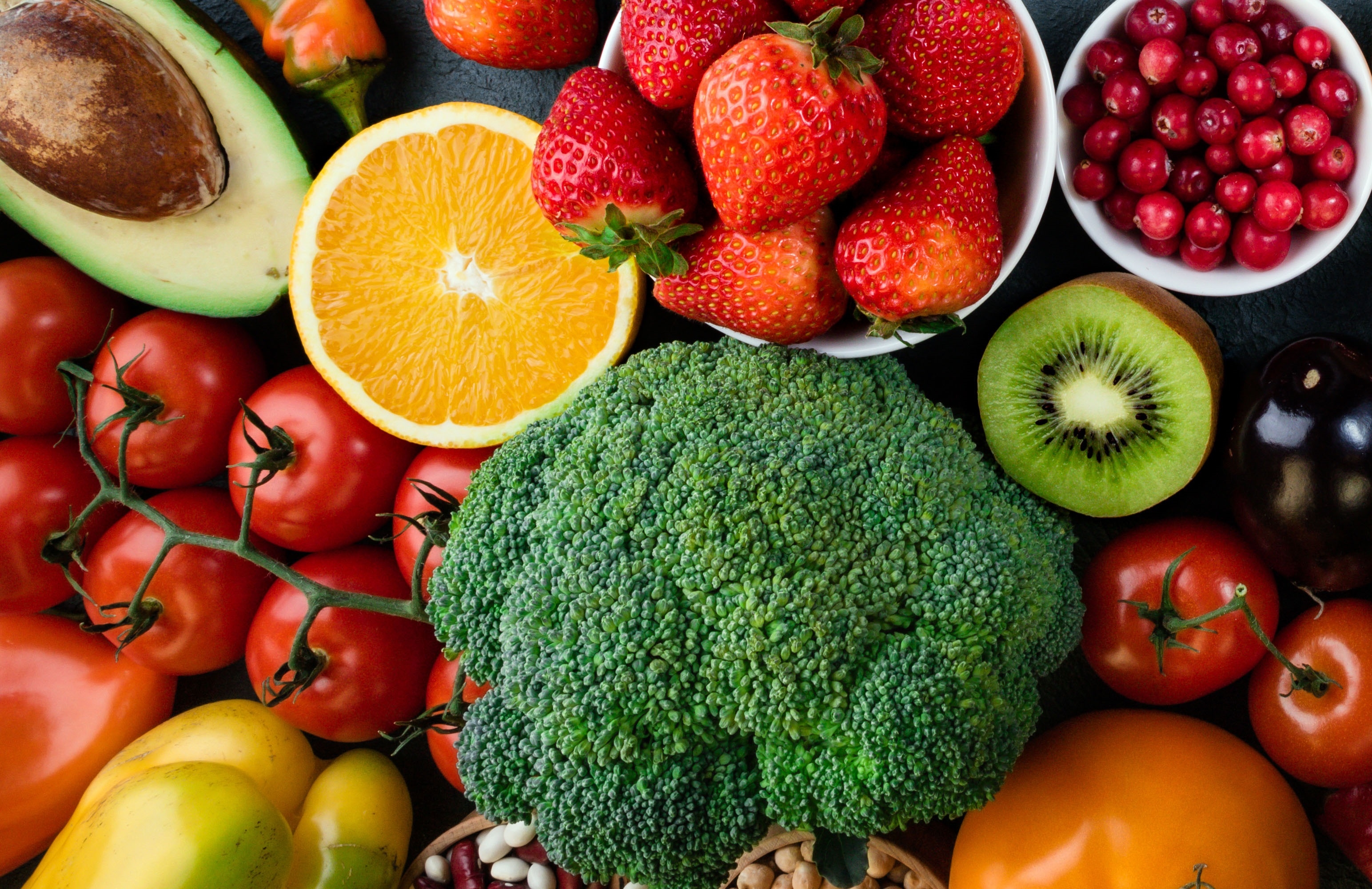
News
Changes to safe food regulations
Fresh fruits or vegetables greenhouses subject to new requirements in January.
November 26, 2019 By Tammy Switucha CFIA

New requirements to the Safe Food for Canadians Regulations (SFCR) will begin January 2020, and greenhouses should ensure that they comply with these regulations ahead of time.
Greenhouses and other businesses working in the fresh fruits or vegetables sector got their first taste of the Safe Food for Canadians Regulations (SFCR) when the regulations came into force earlier this year. On that date, new licensing requirements began to apply for most fresh fruits or vegetables businesses, including greenhouses, that import or prepare fresh fruits or vegetables for export or interprovincial trade. They were required to obtain a Safe Food for Canadians (SFC) licence from the Canadian Food Inspection Agency (CFIA). Most businesses also had to meet traceability requirements.
New requirements are set to come into force on January 15, 2020, when the fresh fruits or vegetables sector will come under the SFCR’s provisions for preventive controls and preventive control plans. In addition, lot code labelling of consumer prepackaged fresh fruits or vegetables will come into force for all fresh fruits or vegetables businesses.
Since some of the SFCR’s requirements were new to fresh fruits or vegetables, businesses in the sector have had extra time to comply.
The SFCR and FFV
Fresh fruits or vegetables are defined in the SFCR as “any fresh plant or any fresh edible fungus, or any part of such a plant or fungus, that is a food.” This includes any fresh herbs, fruits, vegetables, mushrooms, nuts or sprouts, and they can be wild or cultivated.
CFIA worked with the Canadian Produce Marketing Association, the Canadian Horticultural Council and CanadaGAP to gather feedback for developing provisions in the regulations that relate to the fresh fruits or vegetables sector.
Greenhouses are encouraged to familiarize themselves with the requirements as soon as possible to ensure compliance by January 15, 2020.
Preventive controls
Fresh fruits or vegetables businesses, including greenhouses, will need to have preventive controls in place. The controls would aim to address food safety hazards and help prevent contaminated and non-compliant food from entering the marketplace.
Preventive control plans
The SFCR introduce requirements for most food businesses to maintain a preventive control plan (PCP). A PCP is a written document that demonstrates how risks to food are identified and controlled.
Greenhouses and other fresh fruits or vegetables businesses with gross annual food sales of more than $100,000 will be required to have a written PCP.
If a greenhouse has implemented CanadaGAP or a Hazard Analysis Critical Control Point (HACCP) system, it is well positioned to show compliance with PCP requirements relating to food safety. However, greenhouses should review their food safety systems to make sure that all of the PCP requirements, including those for grade and labelling, are addressed.
Traceability
The SFCR require food businesses to track the movement of food one step forward and one step back in the supply chain. These traceability requirements come into force on January 15, 2020, for businesses that grow or harvest fresh fruits or vegetables.
To meet the requirements, greenhouses will need to prepare and keep traceability documents and ensure that a label containing the required traceability information is applied, attached or accompanies the fresh fruits or vegetables when provided to another person or business.
The lot code labelling requirements for consumer prepackaged fresh fruits or vegetables will come into force on January 15, 2020. They play an important role in traceability, especially during food safety investigations or outbreaks. The more specific the lot code, the better in terms of facilitating faster and more efficient recalls, which protects consumers and helps minimize losses for businesses.
A lot code is used to identify a quantity of food that was manufactured, prepared, produced, stored, graded, packaged or labelled, under the same conditions. A lot code can be numeric, alphabetic or alphanumeric. Examples of lot codes include production date, best before date, establishment number or SFC licence number.
For growers and harvesters of fresh fruits or vegetables, the lot code may also be the harvest date, grower identification number, growing region or any other code that may be used for traceability purposes.
More information
CFIA’s website offers an SFCR Toolkit for food businesses. It provides information on licensing, preventive controls and traceability, including a Fact Sheet for the fresh fruits or vegetables sector.
Tammy Switucha is Senior Director of the Food Program Integration Division, Canadian Food Inspection Agency
Print this page